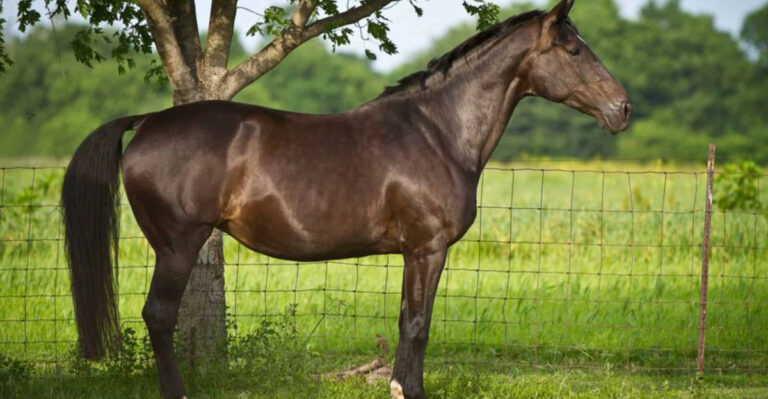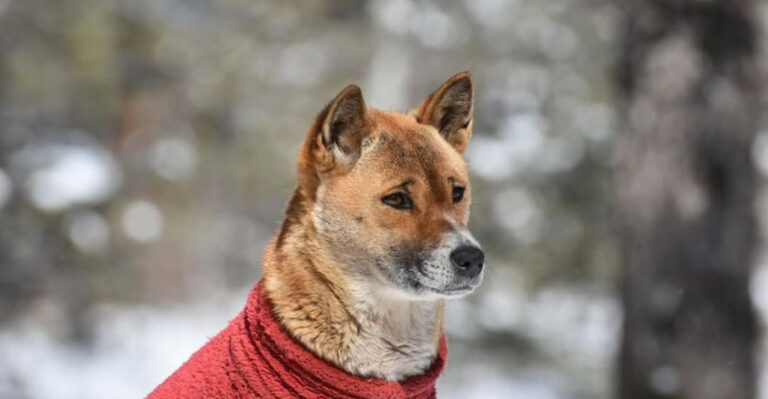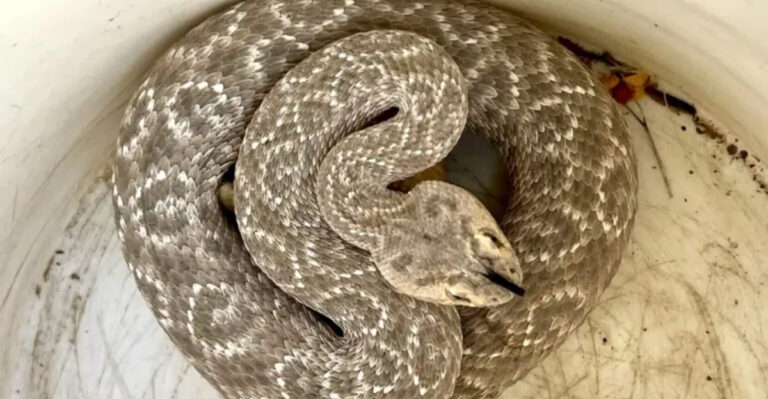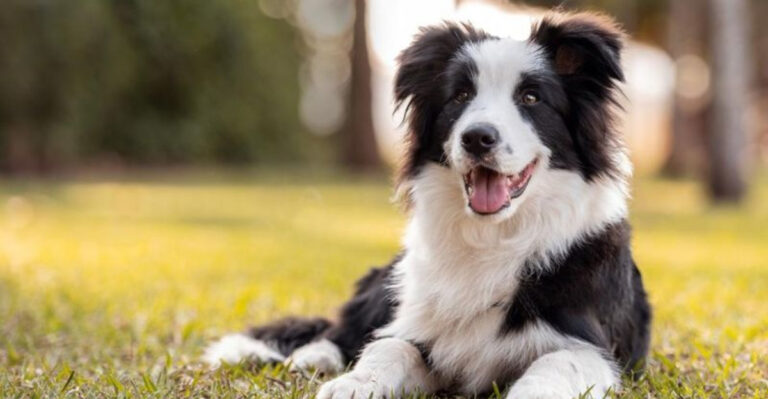Adolescent Dogs – What To Expect During Their Teenage Phase
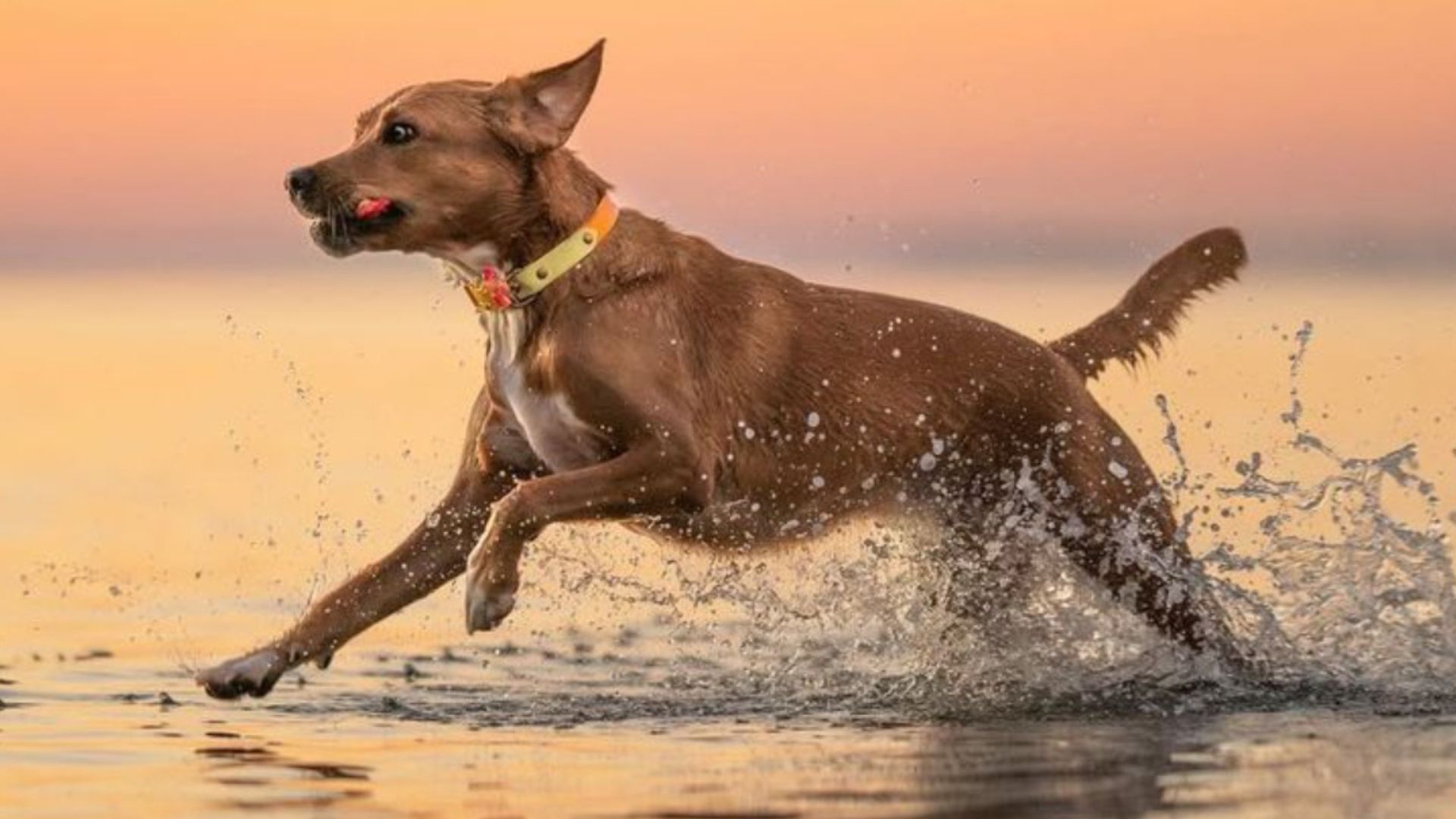
Adolescent dogs, much like human teenagers, go through a phase where their behavior can be puzzling yet endearing.
This pivotal stage in a dog’s life can be filled with energetic bursts, curious antics, and moments that test any pet owner’s patience.
Understanding what to expect during this teenage phase can help you navigate it with humor and grace. Here are some things to expect as your furry friend embarks on this journey of growth and discovery.
1. Energetic Bursts
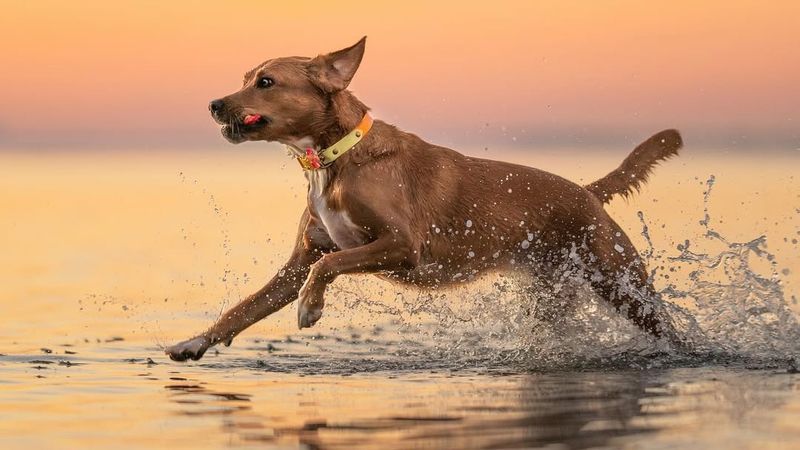
Just like a teenager fueled on energy drinks, adolescent dogs will often surprise you with their sudden bursts of energy. One moment they’re calm, and the next, they’re zooming around like a furry tornado. These lively episodes are not just spontaneous; they’re a sign of growing confidence and physical development. While it may seem like chaos, it’s a part of them exploring their environment and testing their limits.
During these times, your furniture might become collateral damage in their playful escapades. Ensure that your living space is safe for their energetic outbursts to prevent any mishaps. Encouraging these bursts in safe outdoor spaces or with interactive toys can be beneficial. It helps burn off excess energy, keeping their minds stimulated and reducing household destruction. Remember, a tired dog is a happy dog, so enjoy these moments of exuberant play together!
Moderating these energy levels with regular exercise and engaging activities can strike the perfect balance. It allows your teenage pooch to thrive while maintaining some semblance of household order. Despite the whirlwind of activity, cherish these vibrant displays of youthful zest—they’re an essential part of their developmental phase.
2. Selective Listening
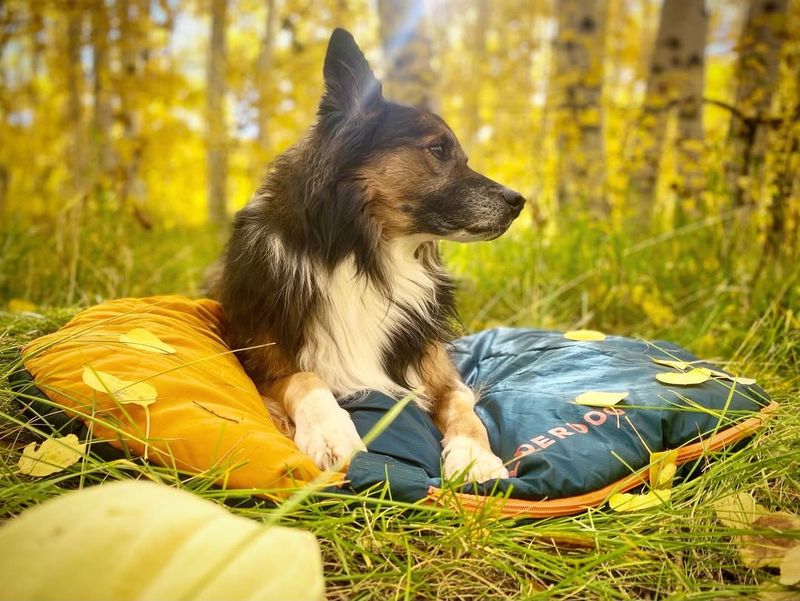
In the teenage phase, dogs often exhibit selective hearing, much like a teenager absorbed in their headphones. You might find yourself repeating commands to seemingly deaf ears. This phase is a test of patience and consistency, as adolescent dogs are easily distracted by the world around them.
Treats, praises, and consistency help in regaining their attention. It’s not that they don’t hear you; they’re just choosing what to listen to, often prioritizing more exciting stimuli over your commands. This is a normal part of their development as they become more independent.
Patience is key here. With gentle persistence and maintaining a training routine, your dog will gradually learn to refocus their attention back on you. Celebrate the small victories and remain consistent in your approach. Remember, this phase too shall pass, paving the way for a more attentive companion.
3. Chewing Extravaganza
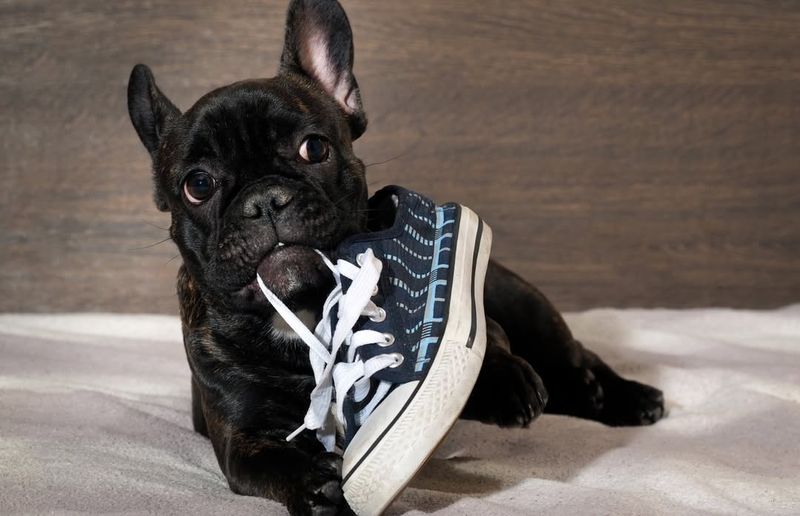
Ah, the chewing phase! It’s as if adolescent dogs receive a memo that everything is chewable. From shoes to furniture, nothing is safe from their inquisitive mouths. This phase is akin to a teenage rebellion, where they test boundaries and explore the world through taste and texture.
Providing appropriate chew toys can help redirect this behavior. Investing in durable toys specifically designed for enthusiastic chewers can save your prized possessions from destruction. Chewing is a natural behavior and helps in relieving teething discomfort and pent-up energy, so channel it positively.
Ensure that hazardous items are out of reach and supervise their playtime to minimize mishaps. As they grow, they’ll begin to discern what’s chewable and what’s not. Until then, patience and preparation are your best allies in surviving this chewing festival.
4. Independent Streaks
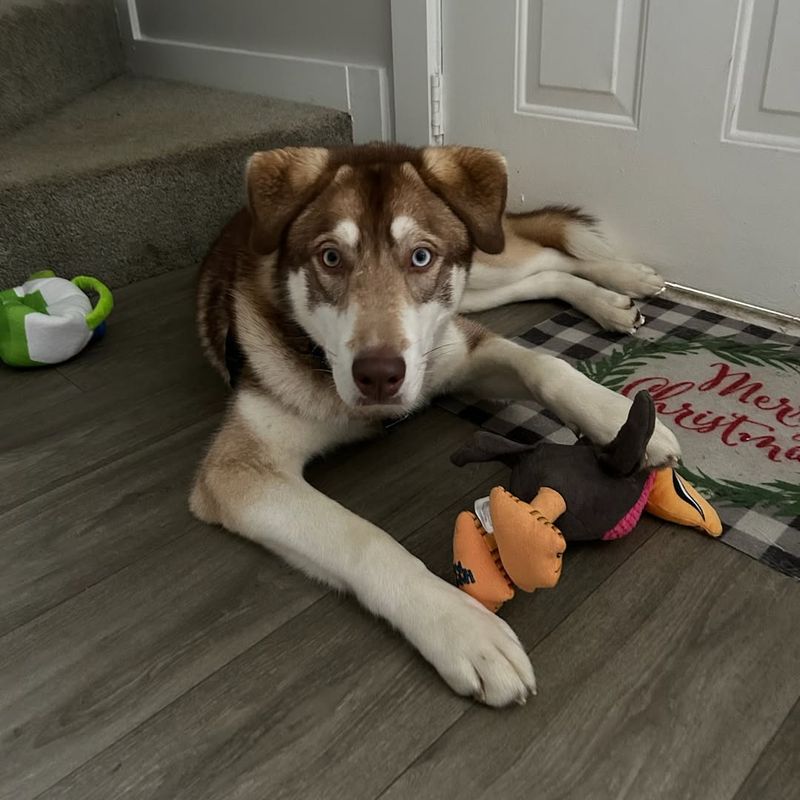
Adolescent dogs, much like teenagers with newfound freedom, start to exhibit a strong independent streak. This change can be both amusing and challenging as they begin to make decisions for themselves. You might notice them wandering off on walks, exploring nooks and corners with a newfound sense of curiosity.
This independence is a natural part of their growth, but it requires careful supervision. Ensuring that they are always in a safe environment where they can explore without getting into trouble is vital. Training becomes essential as you set boundaries and teach them recall and other commands.
While they may seem aloof at times, maintaining a strong bond through regular interaction and training sessions is crucial. This phase is about finding the right balance between allowing independence and ensuring they don’t stray too far. Celebrate their curiosity while guiding them back when needed, creating a harmonious blend of freedom and safety.
5. Mood Swings
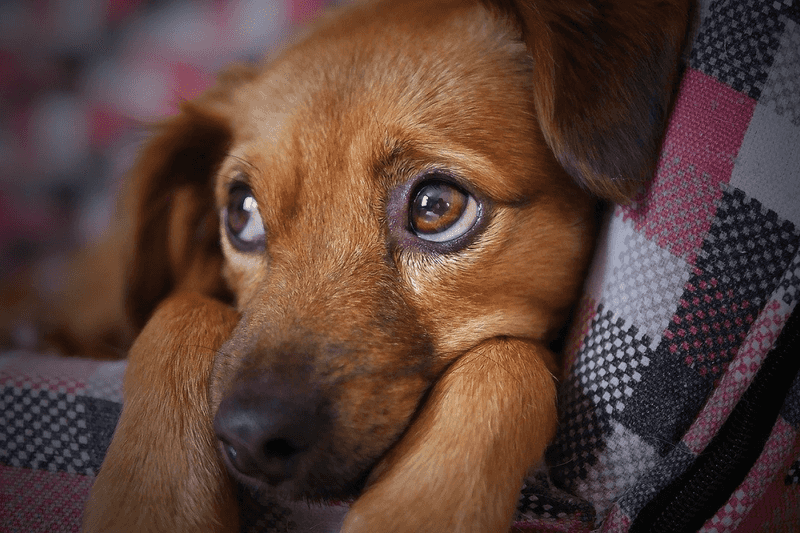
Expect mood swings as unpredictable as a teenager’s playlist. One moment your dog is the epitome of happiness, wagging tails and all, and the next, they’re sulking in a corner. These mood swings are often due to hormonal changes and the struggle of growing up.
Understanding and adapting to their changing moods is part of the journey. Providing them with comfort during their grumpy phases and engaging them during their playful times can help maintain a positive environment. Recognizing their body language and responding appropriately ensures they feel understood and supported.
While the emotional rollercoaster can be challenging, it’s all part of their developmental stage. Embracing these moments with patience will help strengthen your bond, showing them that you’re there, no matter the mood.
6. Stranger Danger
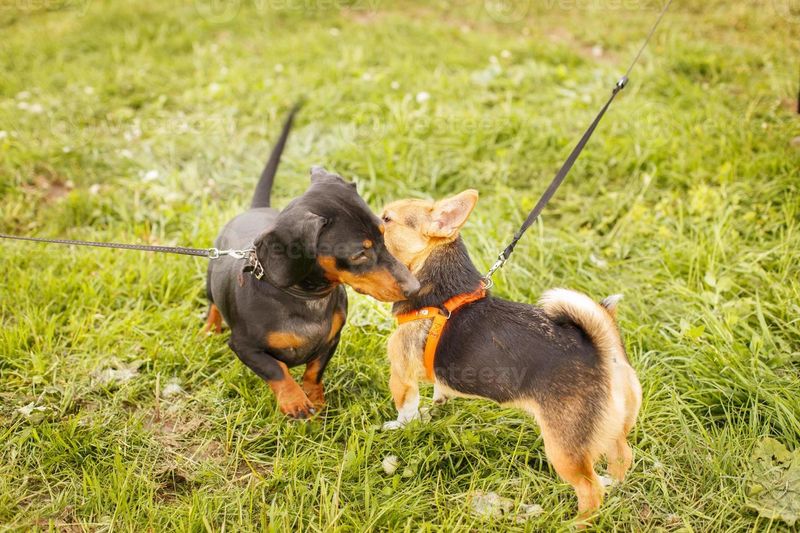
Like a teenager wary of strangers, adolescent dogs may suddenly become more cautious or even fearful of unfamiliar people or situations. This change is part of their development as they become more aware of their surroundings and protective instincts start to kick in.
Socialization is key during this phase. Gradual exposure to different environments, people, and other animals can help them adapt and reduce fearfulness. Positive reinforcement and creating positive associations with new experiences can also ease their apprehension.
Patience and understanding are crucial as they navigate this new awareness. Avoid forcing them into uncomfortable situations, and instead, allow them to explore new experiences at their own pace. Building confidence during this phase will contribute to a well-adjusted adult dog.
7. Increased Curiosity
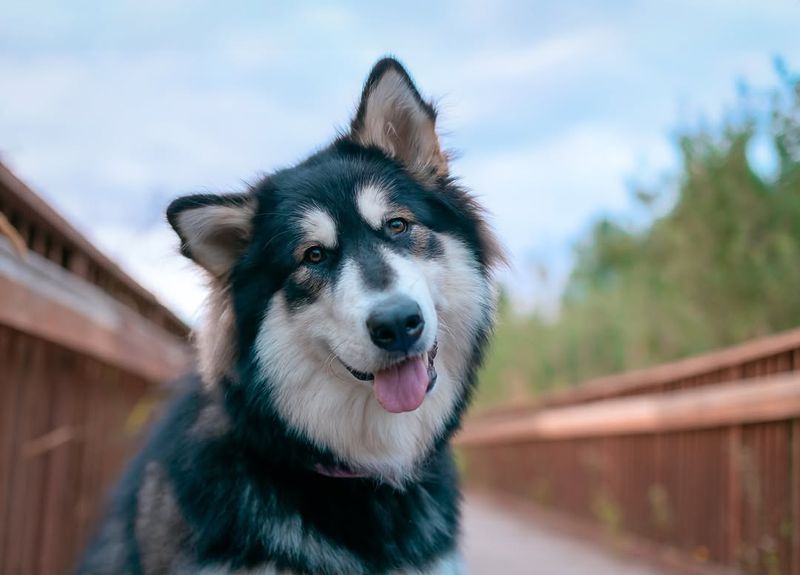
During this stage, expect your furry friend to engage in a plethora of investigative behaviors, sniffing and exploring every nook and cranny. Their world is full of new scents and sights, and they’re eager to learn and understand it all.
This heightened curiosity is a sign of their growing intelligence and confidence. Encourage it by offering new toys, scents, and experiences. Safe exploration is key, so ensure they’re in a secure environment where they can satisfy their inquisitive nature without getting into trouble.
This exploration phase is essential for cognitive development. By nurturing their curiosity, you’re helping them become more adaptable and socialized. It can be a rewarding experience for both you and your dog, fostering a deeper connection as you discover new things together.
8. Training Regression
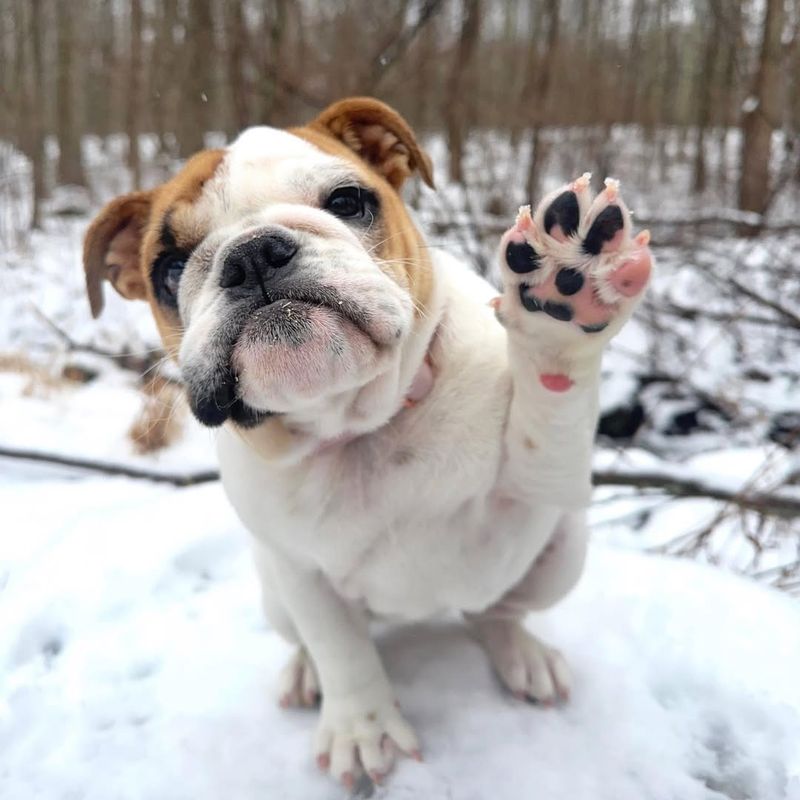
Just when you thought training was a success, enter the teenage dog phase, where regression becomes the new norm. Commands once mastered may suddenly seem foreign to them. This temporary backslide is common as they test boundaries and assert independence.
Fear not, for this too shall pass with patience and persistence. Reinforcing basic commands with consistency and positive reinforcement will help them regain their focus. Bear in mind that this phase is not a reflection of your training skills but rather a natural part of their growth.
Patience and humor are essential as you navigate these setbacks. Maintain a positive attitude, and don’t be discouraged by their occasional forgetfulness. Stick to your routines and celebrate small victories, knowing that with time, your dog’s training will become more reliable again.
9. Appetite Changes
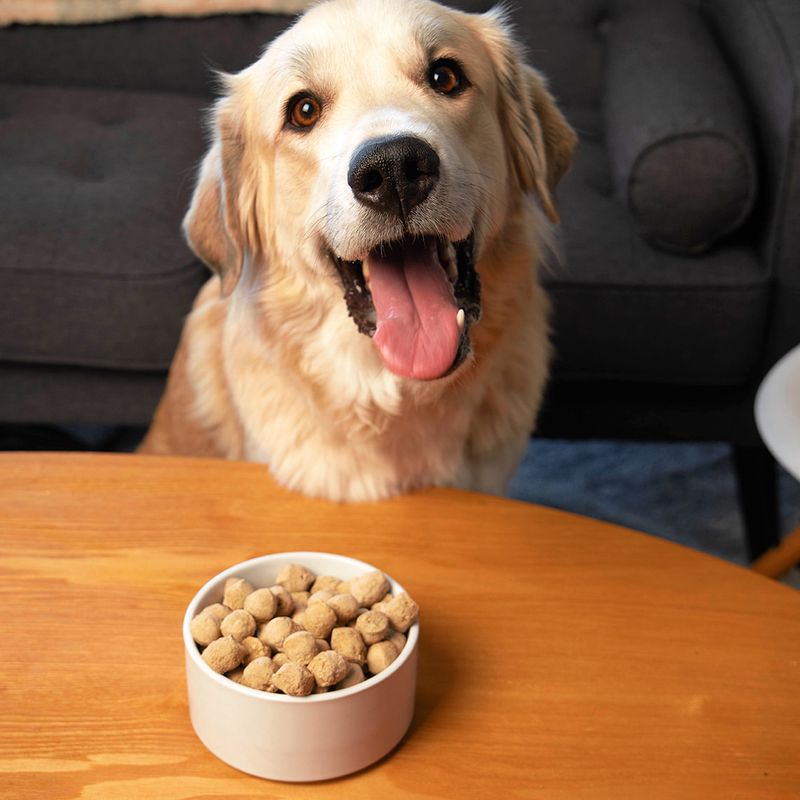
One day they might devour their food with gusto, and the next, they might turn their nose up at the same meal. These changes are often due to growth spurts, hormonal changes, and varying energy levels.
To manage these fluctuations, monitor their eating habits and adjust portion sizes and meal frequencies accordingly. Offering a balanced diet that meets their nutritional needs is crucial during this growth phase. Occasionally, experimenting with different flavors or textures can rekindle their interest in food.
While it’s important to pay attention to their nutritional intake, avoid overreacting to occasional food refusals. Instead, focus on providing consistent, nutritious meals and adapting as needed. These appetite changes are usually temporary and will stabilize as they mature. So, brace yourself for a culinary adventure as you navigate their teenage taste buds!
10. Social Awkwardness

Social interactions can become a bit awkward during the teenage phase. Just like human teens navigating high school hallways, adolescent dogs may experience social clumsiness, unsure how to interact with their peers. They might be overly enthusiastic or suddenly timid, resulting in a few confused encounters.
Guidance and patience are key in this area. Regular socialization and exposure to different dogs and people can help them build confidence and social skills. Providing positive interactions and reinforcing good behavior will foster better social manners over time.
Remember, this phase is temporary as they adjust to their growing bodies and changing social awareness. With supportive guidance, they’ll soon find their stride and become more comfortable in social settings. So, be their wingman during these awkward encounters, knowing that smoother social skills are just around the corner.
11. Testing Boundaries
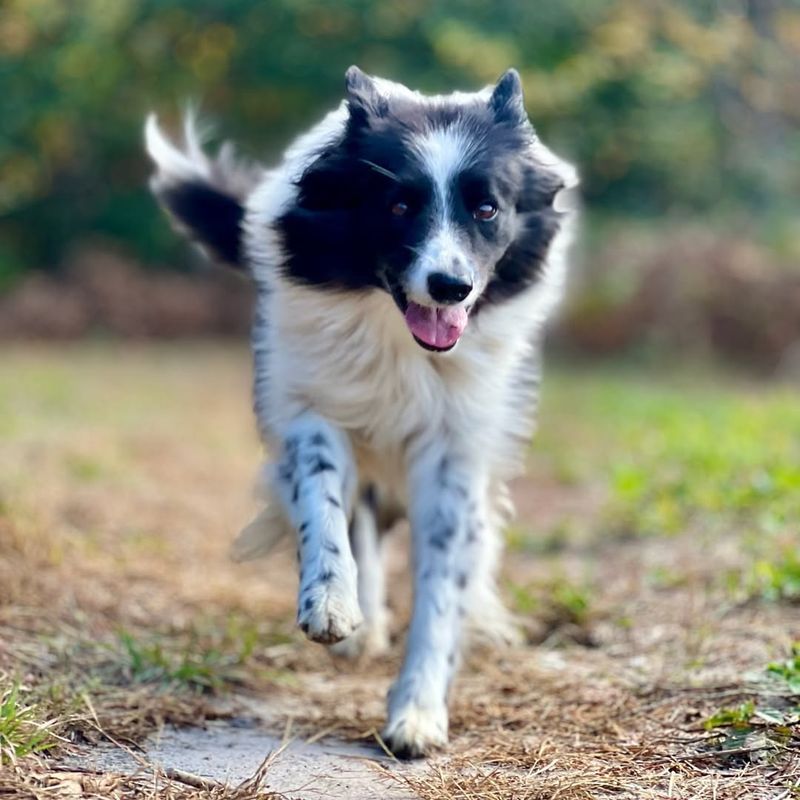
Testing boundaries is a hallmark of adolescent dogs, as they explore their surroundings with newfound independence. Much like a teenager sneaking out past curfew, they may push the limits to see what they can get away with. This behavior is a natural part of their development, as they test their place in the pack hierarchy.
Establishing clear boundaries and consistent rules is crucial during this phase. Reinforce positive behavior with rewards and ensure that they understand the consequences of overstepping limits. Training sessions focused on recall and obedience can help them respect boundaries.
While they may seem defiant at times, this phase is an opportunity to strengthen your bond through trust and guidance. Approach these challenges with patience and understanding, knowing that your guidance is helping shape a well-behaved adult dog. Embrace the journey of setting and maintaining boundaries as a vital aspect of their growth.
12. Playful Antics
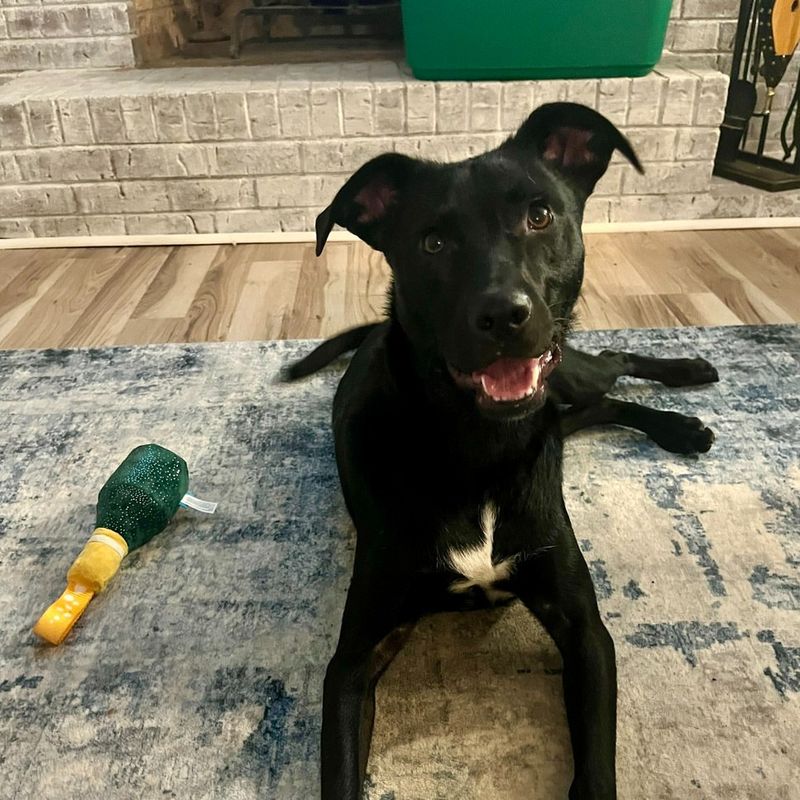
Prepare for a whirlwind of playful antics during your dog’s teenage phase. From playful pouncing on toys to spontaneous zoomies, their zest for life is undeniable. These antics, while sometimes mischievous, are a testament to their joy and vitality.
Engaging them in structured playtime can help channel their energy positively. Interactive toys, games, and playful training sessions can keep their minds sharp and bodies active. Encouraging healthy play is essential in building a strong bond and preventing destructive behavior.
While their antics might occasionally test your patience, remember that this playful spirit is an integral part of their personality. Embrace their youthful exuberance and join in the fun! Creating a playful environment not only enriches their lives but strengthens the companionship you share.
13. Sleep Pattern Changes
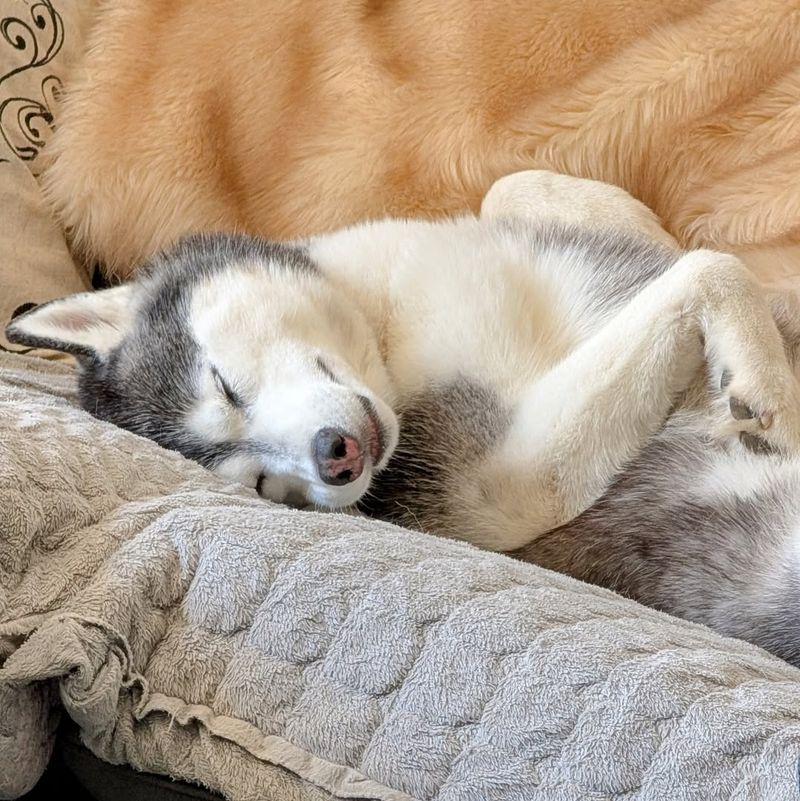
As your dog enters the teenage phase, expect changes in their sleep patterns. They may sleep longer or have bursts of wakefulness at odd hours, much like a human teen’s erratic sleep schedule. These fluctuations are often linked to growth spurts and increased energy levels.
Understanding and adapting to these changes can help maintain a harmonious household. Ensure they have a comfortable sleeping area and adjust their exercise routine to fit their new sleep patterns. Creating a consistent schedule for meals and activities can help regulate their internal clock.
Embrace their unique sleeping habits with flexibility and patience. With time, their sleep patterns will settle into a more predictable routine, allowing both you and your dog to enjoy restful nights.


